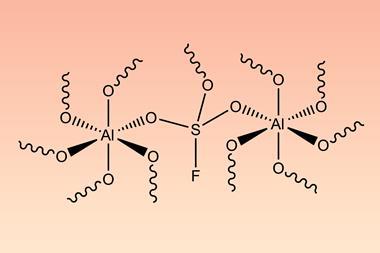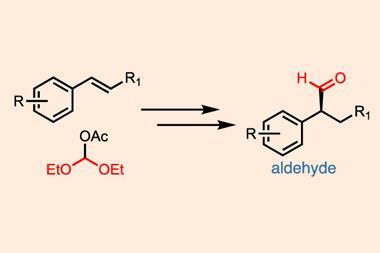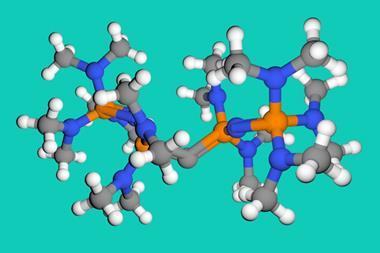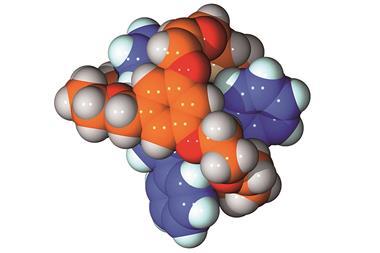Organic superbases are a unique class of charge-neutral compounds with extremely high basicity. They are very soluble in organic media, exhibit low nucleophilicity – which minimises unwanted side reactions – and form conjugate acid ion pairs upon substrate deprotonation. These characteristics make them especially useful for base-promoted and base-catalysed reactions. However, due to their strong basicity, organic superbases rapidly decompose and lose their basicity upon exposure to air or moisture, making them challenging to prepare, store and use.
Now, a team led by Jeffrey Bandar at Colorado State University in the US has developed a practical solution for this long-standing limitation. Their strategy takes advantage of phosphazene superbases stability to ambient conditions in their protonated form. And exploits this property by regenerating the freebase from the counterion of a superbase carboxylate salt.
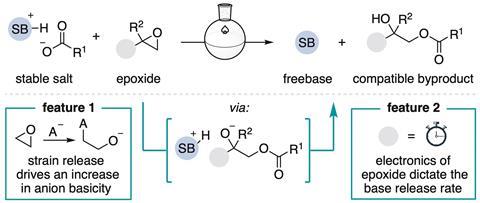
Adding epoxides to solutions of these carboxylate salts causes the epoxide to open. Releasing the ring strain of an epoxide releases enough potential energy to generate a highly basic alkoxide intermediate, which depotonates the superbase conjugate acid, generating the reactive organic superbase. ‘It is this modulation of the epoxide structure that allows control of the rate of this reaction,’ notes Bandar, enabling users to activate the superbase at an appropriate stage in the reaction.
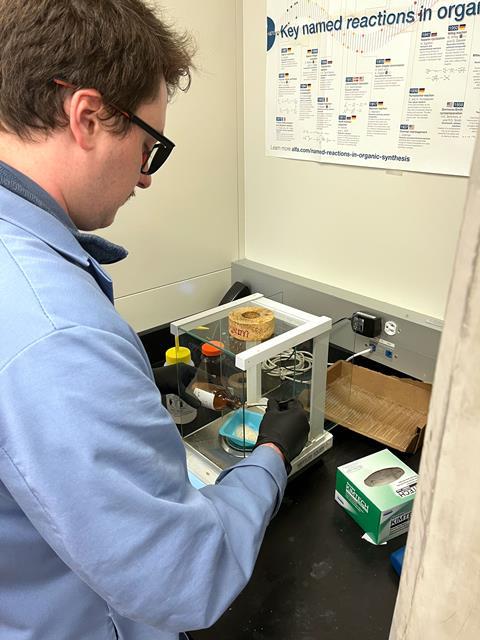
‘We tested the superbase precatalysts in Michael-type addition reactions, amidation reactions and polymerisation reactions,’ explains Garett Hoteling, a PhD student in Bandar’s team. These reactions represent current state-of-the art applications for organic superbases. Additionally, they demonstrated the efficacy of the superbase precatalysts in stoichiometric applications including alcohol deoxyfluorination, nucleophilic aromatic substitution reactions, and palladium-catalysed aryl aminations. ‘We anticipate [our strategy] could be used to increase the practicality of conducting such methods or in discovering new reactions,’ adds Hoteling.
‘Often we are only looking at a novel mechanism, novel reactivity, but with catalysts that only experts can use,’ comments Tim Cernak, a medicinal chemist at the University of Michigan in the US. ‘What is interesting here is they are optimising for usability. Their focus on the user is really cool, it’s so much more user friendly. I think that is exciting.’ However, Cernak notes that the cost of using superbase carboxylate salts would limit their application in scaled-up reactions to produce tons of product, for example when manufacturing pharmaceuticals. This is unlikely to deter medicinal chemists however, for whom benchtop-stable organic superbases represent a significant tool in the development of novel reaction strategies and pharmaceutical materials.
References
This article is open access
S J Sujansky, G A Hoteling and J S Bandar, Chem. Sci., 2024, DOI: 10.1039/d4sc02524e


